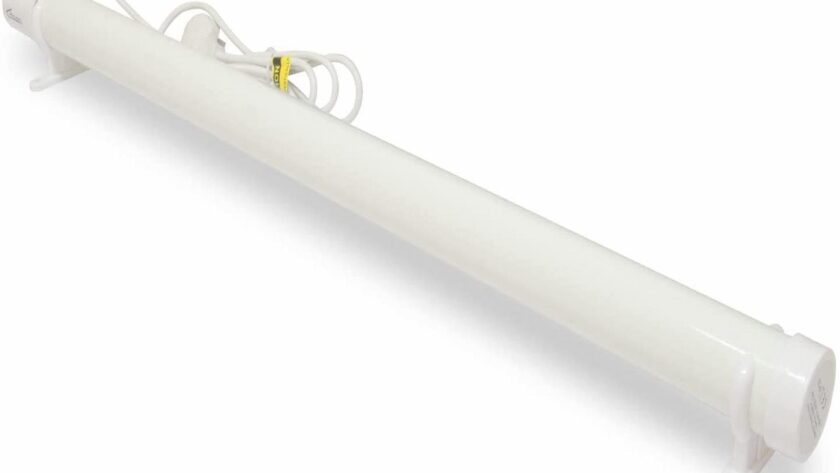Why Should I Be Concerned About Frost In My Garden?
Whether you’re a keen gardener or a novice, many of us are aware that late spring frost is never good for our gardens and precious plants and produce. Frost can damage new growth and blossom during the spring months and have a real impact on your garden growth.
You may notice damage to your plants immediately following a frost or it could be noticed further down the line. The main signs to look out for are any scorching or brown patches on leaf veins – usually on the exposed and top edges of a plant. Foliage on your perennials could be blackened with stems collapsing and with blossom and young fruit there may be a corky layer at the flower end which may impact later fruit growth.
Vegetables can be affected by late spring frosts with leaf scorch and browning which could lead to plant death. Even evergreens are at risk and repeated freezing and thawing like we have experienced this year can be very damaging to plants.
What Can I Do To Prevent Frost Damage?
If you’re a keen gardener or keen to get growing your own fruit and vegetables, it’s worth investing in a greenhouse – this doesn’t just have to be a large glass structure, you could look at growth tents or covered bedding.
If you’re growing your own you may want to propagate plants in the greenhouse before planting them later in the season when the risk of frost is minimalized. Tender plants that can be a bit more demanding should be lifted and moved to a greenhouse or sheltered location or wait until late spring to plant tender bedding plants.
If you do have a greenhouse (or are investing in one) or have space in a shed or conservatory for your plants, then it might be worth investing in a tubular heater to help you protect your plants from frost damage.
A tube heater can be used to provide a comfortable ambient temperature and when paired with a thermostat, it can be set to an anti-frost setting to ensure plants are not exposed to frost during those particularly cold mornings and nights.
Tube heaters are very economical to run, costing only a few pence an hour, so can be left on for long hours without a noticeable impact on your bills.
How To Treat Frost Damage
Even the most seasoned of gardeners can be caught out by frost, and we all know that British weather is woefully unpredictable, so don’t feel too disheartened or defeated if your garden is a victim. There are some things you can do to limit the damage.
If the chance of further frost is unlikely, then prune out the damaged growth and cut back to an undamaged side shoot or bud, then add a top dressing of fertilizer to encourage re-growth. For areas of regular frost or where plants are struggling, consider moving them or additional shelter or protection.
Many plants are resilient and could rejuvenate, so leave them until mid-summer to see if they come back to life before replacing them.





